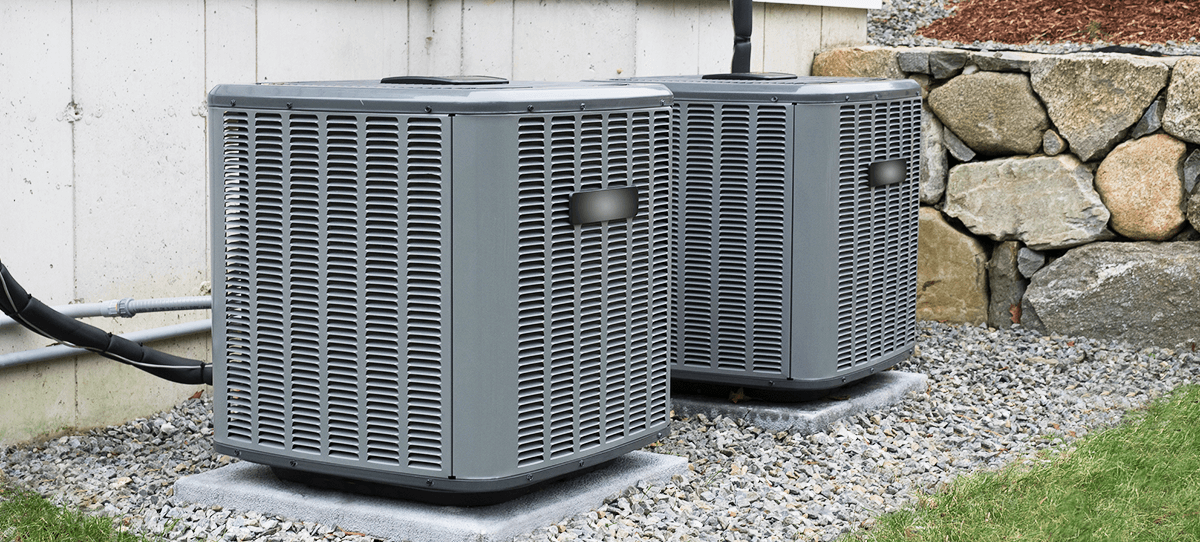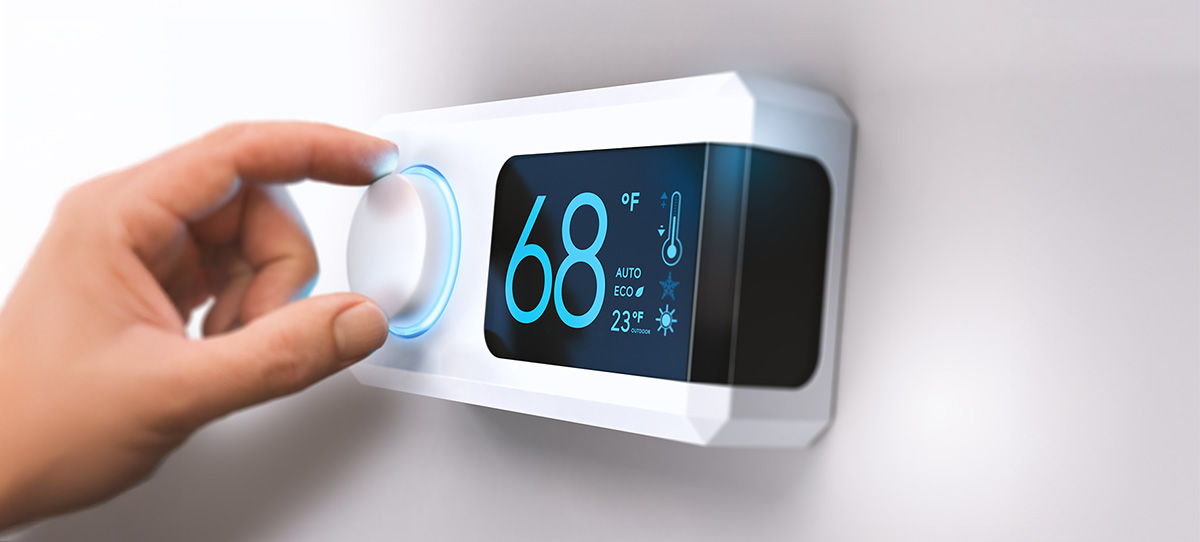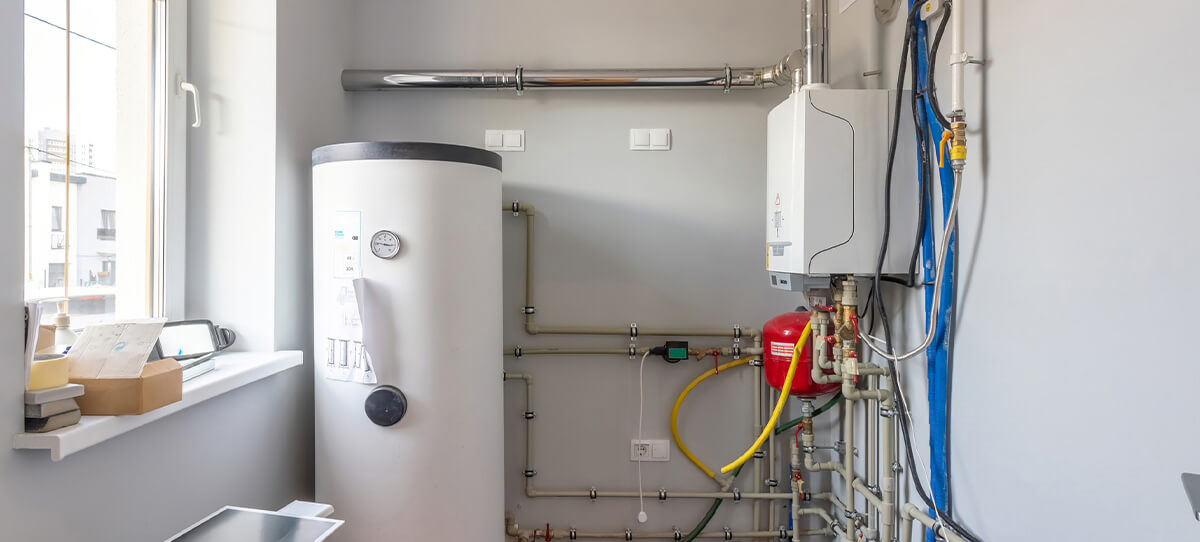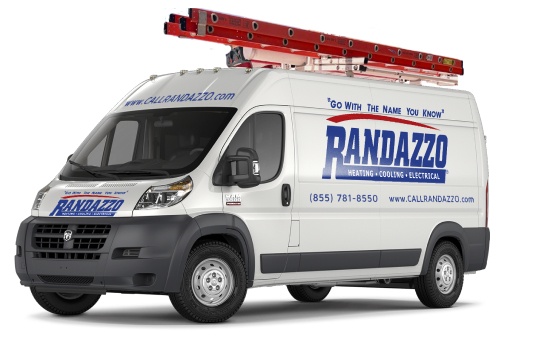As we strive to move towards a more sustainable future, Uncle Sam is encouraging homeowners to invest in energy-efficient heating and cooling equipment. Starting in 2023, there are tax credits available to those purchasing and installing new heating and cooling equipment that meets certain energy efficiency standards. These tax credits provide a significant financial incentive for homeowners to make the switch to more energy-efficient equipment. Here’s why you should care and what’s in it for you.
Why Should You Care
First, it’s crucial to talk about why energy-efficient heating and cooling equipment is valuable. Heating and cooling equipment account for a significant portion of your home’s energy consumption. In fact, the Department of Energy (DOE) estimates that heating and cooling account for about 48% of the energy use in a typical U.S. home. By upgrading to more energy-efficient equipment, homeowners can significantly reduce their energy consumption and lower their utility bills. Energy-efficient equipment also reduces greenhouse gas emissions and helps to combat climate change.
What’s In It For You
Now let’s talk about what’s in it for you. The 2023 Federal Tax credit for new heating and cooling equipment can provide significant financial savings for homeowners. The tax credit is worth up to 30% of the cost of the equipment, up to a maximum of $2,000. This means that if you purchase and install qualifying equipment that costs less than $10,000, you could receive a tax credit of $2,000. The tax credit is available for both primary residences and second homes but not for rental properties.
It’s important to note that not all heating and cooling equipment qualifies for the tax credit. To be eligible, the equipment must meet certain energy efficiency standards. For example, central air conditioning systems must have a Seasonal Energy Efficiency Ratio (SEER2) of 16 or higher, and furnaces must have an Annual Fuel Utilization Efficiency (AFUE2) of 97% or higher. It’s important to work with a qualified HVAC contractor to ensure that the equipment you are considering meets the eligibility requirements for the tax credit.
In addition to the tax credit, investing in energy-efficient heating and cooling equipment can also increase the value of your home. Energy-efficient upgrades are becoming increasingly popular among homebuyers and can help your home stand out in a competitive real estate market.
In conclusion, the 2023 tax credit for new heating and cooling equipment provides a valuable financial incentive for homeowners to invest in energy-efficient equipment. By upgrading to more energy-efficient equipment, homeowners can significantly reduce their energy consumption, lower their utility bills, and help to combat climate change. To take advantage of this tax credit, be sure to give us a call to ensure that the equipment you are considering meets the eligibility requirements.
*Regions: N (North) NE (Northeast) NW (Northwest) S (South) SE (Southeast) SW ( Southwest) Sources:
U.S. Department of Energy. (2021). Energy Saver 101 Infographic: Home Heating and Cooling. Retrieved from https://www.energy.gov/energysaver/articles/energy-saver-101-infographic-home-heating-and-cooling U.S. Department of Energy. (2023). Residential Renewable Energy Tax Credit. Retrieved from https://www.energy.gov/savings/residential-renewable-energy-tax-credit




